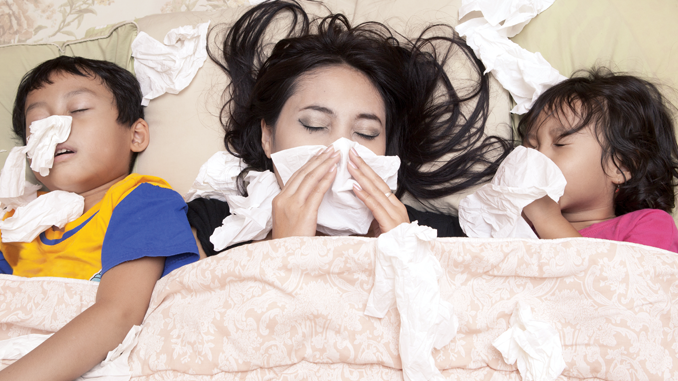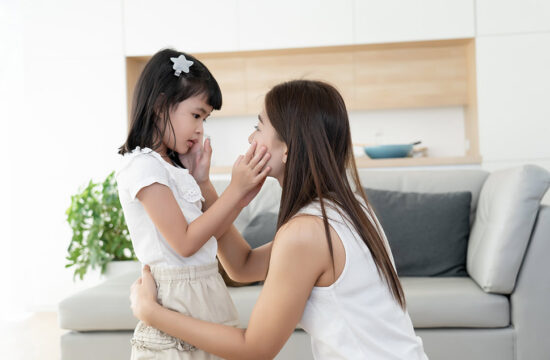
Pediatrician KVMH Waimea
Cold and Flu Season: Top Tips for Childcare
We are in the middle of our cold and flu season here in Hawaii!
This time of year can hit small children and their families hard. Here are some tips to help make it through cold and flu season.
Colds are caused by viruses.
There are many possible viruses that can cause colds, the most infamous being the flu.

A virus is completely different than bacteria, and cannot be killed by antibiotics. There are no medications we can give to kill the virus; they will self-resolve with time. The best thing we can do is help control the symptoms to make your child more comfortable. It is normal for a young child to have up to 6-8 colds per year, and children in daycare can catch up to 8-12 colds per year. Considering that each cold lasts 2-3 weeks, it can definitely seem like your child is almost always sick!
With many people traveling for spring break, there is a lot of potential for exposure to germs. Take sanitary wipes with you on the plane, and wipe down the armrests and tray tables when you first sit down. Bring a travel-sized bottle of hand sanitizer with you in your carry-on liquids. When possible, go to a restroom to wash your hands prior to eating. I highly recommend getting the flu shot prior to any travel for maximum protection, and making sure your child’s shots are as up to date as possible.
For infants and young children, older school-aged siblings can be a source of germs. Have older children thoroughly wash their hands and change their clothes when they get home before playing with their young siblings. For very young infants, encourage your older children to only touch or kiss their feet or the tops of their heads; avoid the mouth or hands.
For infants and young children, a suction device and over-the-counter saline drops will be your best friend. Suction noses prior to feeds and before bedtime, and in between as needed. If their noses begin to get irritated, you can apply some Vaseline to soothe the nostrils. Make sure to elevate the head of all children’s beds by 10-15 degrees. If your crib is not adjustable or for kids who tend to move around during their sleep, you can put a pillow or some books under the head of the mattress. You may also try placing a humidifier in the room near the bed (cool mist preferred in case the child gets curious and tries to touch it!). Typically, the most bothersome symptom is the cough. However, cough is good! Cough is a reflex and defensive mechanism that the body uses to clear mucous from the airway. Therefore, we will not routinely recommend over-the-counter cough medications, especially for younger children. The American Academy of Pediatrics does not generally recommend any cough/cold medications for anyone younger than 6 years old.
Viruses are common, and as long as your child is following the expected course, he/she does not need to be seen by a doctor for every cold. Colds typically start with sore throat or fever, then around day 3-4 congestion and cough become the main symptoms. They should feel better within one week, and the symptoms will slowly go away over the next 2-3 weeks.
Please bring your child in to their pediatrician if fever lasts more than 48-72 hours, if the fever went away then came back, if they begin working hard to breathe, or if they are not improving as expected. Prolonged illness can be indicative of a secondary bacterial infection of the ears, sinuses, or lungs.








